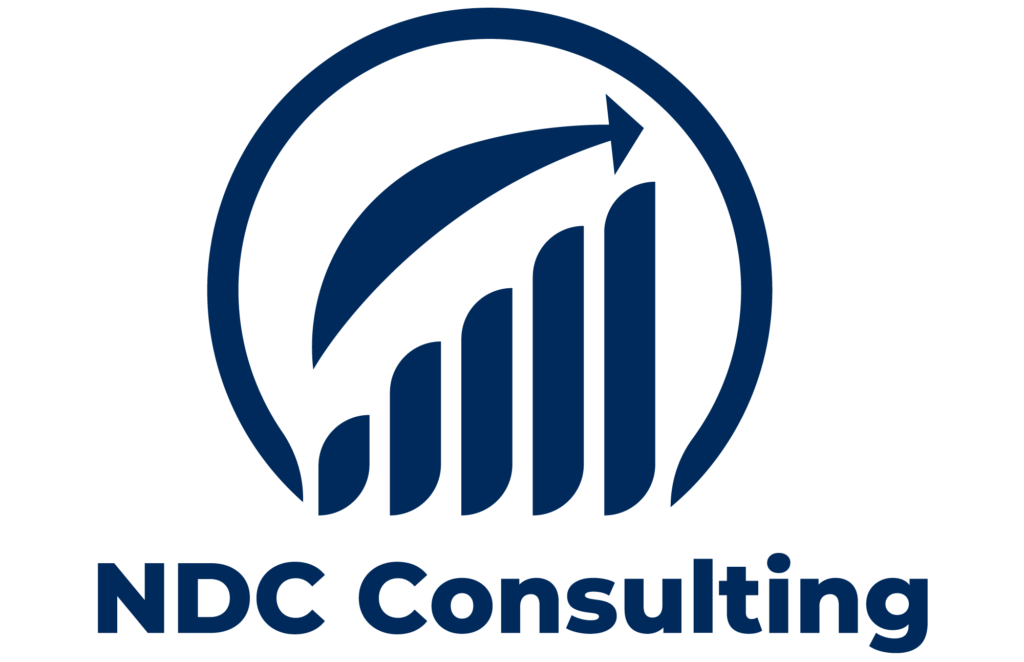
Checking boxes and tidying up your security procedures are only a small part of internal security audits. They focus on finding ways to increase productivity and close gaps so that your business may save time, effort, and resources. In addition, they are crucial for protecting the security of your business and client information.
Although there are many strong arguments for routine audits, carrying them out is a difficult undertaking.
To safeguard sensitive data, you must analyze how each of the hundreds of moving components that make up your organization’s security infrastructure functions both separately and collectively. It’s a meticulous and careful procedure; if you skip any crucial details or rush through it, you may be leaving vulnerabilities undetected.
What is an audit of internal security?
There are several varieties of security audits. External audits are often necessary to obtain accreditation for frameworks such as SOC 2 and ISO 27001, but that is only one kind that comes to mind.
- External audits: To confirm adherence to a certain security framework, a certified third-party auditor assesses your company’s security controls, policies, and procedures.
- Penetration tests: An outsider tries to access your operating systems and find vulnerabilities.
- Vulnerability scans: A tool looks for flaws in networks, computers, and applications.
- Internal audits: Your organization’s security architecture is examined by an impartial third party.
Internal audits are often voluntary, although external audits, penetration testing, and vulnerability assessments are frequently carried out as part of a formal certification audit. A business can enhance its degree of data security and detect and reduce any threats by evaluating its own security infrastructure.
Internal audits enable your company to be proactive in improving its security posture and keeping up of emerging risks. An internal audit can assist you in determining whether your present security plan is successfully safeguarding your company and its clients, regardless of whether you’re working toward a formal certification.
Internal audits may also provide important information about how your company operates, such as the effectiveness of security training for employees, the presence of obsolete or redundant software, and the introduction of vulnerabilities by new technologies or procedures. Additionally, regular internal audits help to speed up and reduce the stress of external audits.
Conducting a comprehensive internal audit offers the chance to find weaknesses, pinpoint areas for enhancement, and fortify your overall security posture in addition to fulfilling compliance requirements. We’ll guide you through the essential elements of the internal security audit process in this part, assisting you in creating a structure that satisfies legal standards while promoting a proactive attitude to cybersecurity.
Step 1: Specify objectives and scope
Establishing your objectives for the internal audit should be your first task.
In order to preserve compliance with regulatory requirements, you might need to finish an internal audit or be getting ready to become certified in a certain security standard. Perhaps over time, you’re keeping an eye on your security procedures proactively. Alternatively, you can be searching for methods to streamline internal procedures and eliminate duplications. Setting specific goals will help you concentrate your efforts in any case.
Making a list of all your information assets will then help you determine the audit’s scope. Hardware and software, information databases, and any internal or legal documents you need to safeguard should all be included in this.
You will need to review your thorough list and determine which of these digital assets you will and will not be able to investigate because not all of them will be covered by your audit. This is where the goals you have stated are useful. They will assist you in eliminating anything that is precisely outside the purview of your internal audit.
Step 2: Evaluate the risks
An effective method for determining the hazards to your company and how to counter them is a risk assessment.
Start by listing the assets you determined in step 1 and then determine the risks that might affect each one. Anything that might have an impact on each asset’s data availability, confidentiality, and integrity must be taken into account. For instance, using shared or weak passwords could give unauthorized access to your company’s important information.
You can now create a practical plan for handling the hazards that you have identified. First, rate each risk’s probability of happening from 1 to 10, where 10 represents extreme likelihood and 1 represents extreme unlikely.
Next, follow the same procedure for each risk’s possible effects on your company. A ten would be assigned to a danger that would have catastrophic consequences.
Your activities can now be prioritized using the likelihood and impact scores for each risk. The likelihood and impact scores can be combined to determine which risks are most urgent for your company.
Step 3: Finish the internal audit
You must decide on a corresponding course of action for every threat on your prioritized list. You might develop a strong password policy and use a solution like 1Password throughout the entire organization to address the previously mentioned weak password threat.
Examine what your company is already doing to reduce the likelihood and impact of risks or to remove them. As part of your internal audit, note each control. Do you see any shortcomings or gaps? Do you have security procedures in place and are they being adhered to every day?
Step 4: Create a remediation plan
You must record any vulnerabilities you find in your security procedures or policies and devise a strategy to close them. Assign each one a primary owner and a remediation timeline to make it actionable and guarantee that someone in the company is in charge of completing it.
Consider the following scenario: you find out during an internal audit that certain employees are using out-of-date software that isn’t patched for security flaws. Applying a device management platform, such as Fleetsmith or Kandji, to make sure all devices have automatic software upgrades enabled is your remediation strategy. You give the IT director three months to select and deploy a tool, and you designate them as the primary owner.
Step 5: Share the outcomes
Inform all relevant parties, such as the company’s management and any IT or security compliance departments, of the internal audit’s findings. Provide a summary of the audit’s objectives, the assets that were assessed, any new or unresolved risks you found, and your remediation strategy.
Additionally, you ought to base future internal audits on the findings. It will allow you to monitor your progress over time and identify areas that require improvement. Your entire organization will benefit from a culture of increased security if you foster a constant knowledge of different dangers and what your teams can do to defend against them.
What to include in a checklist and internal cybersecurity audit
The basis of a robust cybersecurity program is a comprehensive security audit, but it can be daunting to know where to begin. Using a structured security audit checklist will help you cover all important areas in a methodical manner, even if every firm has different needs.
The main areas that your security audit should cover are broken down in this section, along with a downloadable checklist that you can modify to suit your unique requirements. You can make sure your audit is thorough and useful by using this guidance, which will also help you shield your company from any weaknesses.
Environmental and physical security
Malware and phishing attempts aren’t the only causes of security breaches. When it comes to data protection, your physical surroundings are crucial.
How successfully your server rooms, offices, and other sensitive facilities are protected from dangers like theft, unauthorized entry, and even natural disasters should be evaluated via a physical security audit. To make sure your environment is safe and resilient, assess how well physical barriers, surveillance systems, access controls (such key cards or biometric scanners), and disaster recovery plans are working.
Security of Networks
Your network is a prime target for hackers since it forms the foundation of your company’s digital activities. A network security audit guarantees that your infrastructure is shielded against malware and other criminal activity-induced disruptions, illegal access, and data breaches.
Pay attention to the following aspects while assessing the security of your network:
Intrusion detection/prevention systems (IDS/IPS) and firewalls: Are these instruments set up properly and kept under constant observation to identify and stop threats?
Segmenting a network: In the event of a breach, is your network divided into segments to prevent lateral movement? One way to lessen exposure is to isolate sensitive systems from networks of regular users.
Configurations that are secure: Are switches, routers, and other network equipment set up with the most recent firmware, strong passwords, and disabled services
Encryption protocols: Do you use secure protocols (such HTTPS, TLS, and VPNs) for data that is sent over your network, particularly when it comes to external connections?
Tracking and recording: Are access logs and network data examined frequently to spot odd trends or illegal activity?
Identifying, addressing, and recovering from network breaches or disruptions: Is there a well-defined plan in place for incident response?
You can stop illegal access, identify dangers early, and make sure your infrastructure is resilient in the face of changing cyberthreats by assessing your network security carefully.
Control Access
The foundation of protecting your sensitive data and systems is access restrictions. Your company may be at risk of internal threats, credential theft, or illegal entry if its access policies are lax or poorly implemented.
The following should be assessed in your access control audit:
Policies for identity and access management, or IAM: Are user roles well-defined, and do they each have access to the systems and data required for their position?
Authentication techniques: Do all users have to follow the rules regarding secure passwords, multi-factor authentication (MFA), and regular credential updates?
Privilege management: Are only necessary employees granted administrative accounts, and are their actions routinely observed for odd conduct?
Logs of all access: Are logs being taken, examined, and saved in order to find suspicious activity or attempts at unauthorized access?
By making sure these safeguards are in place, you lower the possibility of data breaches and have more control over who has access to your most private data.
Security of Devices
Protecting private data sent and saved on computers, mobile devices, wearable technology, and other hardware is known as device security.
The likelihood of compromised hardware has increased dramatically as more workers use their personal devices for work. More network risks result from the fact that about 55% of workers claim to keep or access business data and apps from their personal devices.
The following should be the main emphasis of your device security audit:
- Ensuring that endpoint security technologies are current and installed.
- Checking for remote wipe capabilities and reviewing rules for stolen or lost devices.
- Assessing if workers access work systems remotely using secure WiFi networks.
- Detecting any dangers from malware and unapproved apps that are installed on personal computers.
By taking care of these issues, you can lessen the dangers connected to today’s mobile workforce.
Security of Software
If not handled appropriately, the software that your company uses on a daily basis could become a security risk. Your systems could be vulnerable to a data breach due to even minor flaws like out-of-date patches or weak passwords.
When doing a software security audit, take into account:
- Examining the password regulations for important programs.
- Ensuring the timely application of software updates and fixes.
- Verifying that people only have access to the tools required for their roles involves assessing access permissions.
- Putting data loss prevention (DLP) techniques into practice, especially for software that handles sensitive data.
By taking these precautions, you can keep your systems and tools from serving as entry points for hackers.
Security of data processing and storage
One of the most important assets of your company is its data, so safeguarding it should be the main goal of your audit. Examine the following to see how data is processed, saved, and sent:
- Are encryption techniques like AES-256 implemented for both in-transit and at-rest data?
- Is the implementation of intrusion detection/prevention systems (IDS/IPS), firewalls, and other security measures successful?
- Are sensitive data further secured using hashing and tokenization techniques?
- To guarantee data integrity in the event of a catastrophe, are backup and recovery systems routinely tested?
A thorough examination of these areas will help protect your company’s data against intentional attacks as well as unintentional loss.
End-user safety
Cybercrime has increased by 600% in the past two years, and most of these attacks are directed at humans rather than technology. One phishing attack or a neglected security strategy can take down even the strongest technical defenses.
Your employees are your greatest resource for safeguarding your business and client information. Include the following in your end-user security audit:
- Supplying continuing education to staff members on identifying security risks such as ransomware, social engineering, and phishing.
- Making sure that workers have read and signed your company’s security policy.
- Fostering an environment where workers are empowered to report suspicious activity and are aware of cybersecurity issues.
Your organization’s overall security is strengthened when you give your employees the skills and information they need to defend themselves. Environment and physical security
Malware and phishing attempts are not the only causes of security breaches. One essential step in safeguarding your data is to secure your server rooms and offices.
Examining physical access to your server rooms and workstations, as well as how you protect them from hazards like natural catastrophes and unlawful entry, should be part of your physical security audit checklist.
Protection of Devices
Device security is the process of safeguarding private data that is communicated and stored by wearable technology, computers, mobile devices, and other hardware.
55% of workers claim to store or access work-related documents, emails, and apps on their personal devices, which poses a real risk to network security. The hazards posed by malware, insecure WiFi networks, and misplaced devices must be addressed as part of any internal audit.
The Security of Software
Your auditing efforts should focus on the tools that your staff uses on a daily basis. Your company software may be compromised by minor flaws like outdated passwords.
Among other things, your internal audit checklist should examine your data loss prevention, access permissions, and unauthorized access restrictions.
Security of Data Processing and Storage
Naturally, the effectiveness of your company’s and customers’ data protection will be a major focus of any internal security audit. Whether this data is housed on-site or in the cloud, you must consider how your company protects it from unintentional or intentional risks.
Tokenization, hashing, and data encryption are techniques for safeguarding data at rest and in transit, respectively.
End-User Safety
Cybercrime has increased by 600% in the past two years, and most of these attacks are directed at humans rather than technology. Even personnel who are well-intentioned and security conscious may fall for a skilled phishing attempt or fail to notice a basic security procedure.
Your employees are your greatest resource for safeguarding your business and client information. A regular, current security training program should be provided. Check to make sure they have read and agreed to your company’s rules. Additionally, teach them how crucial it is that they protect your company.

